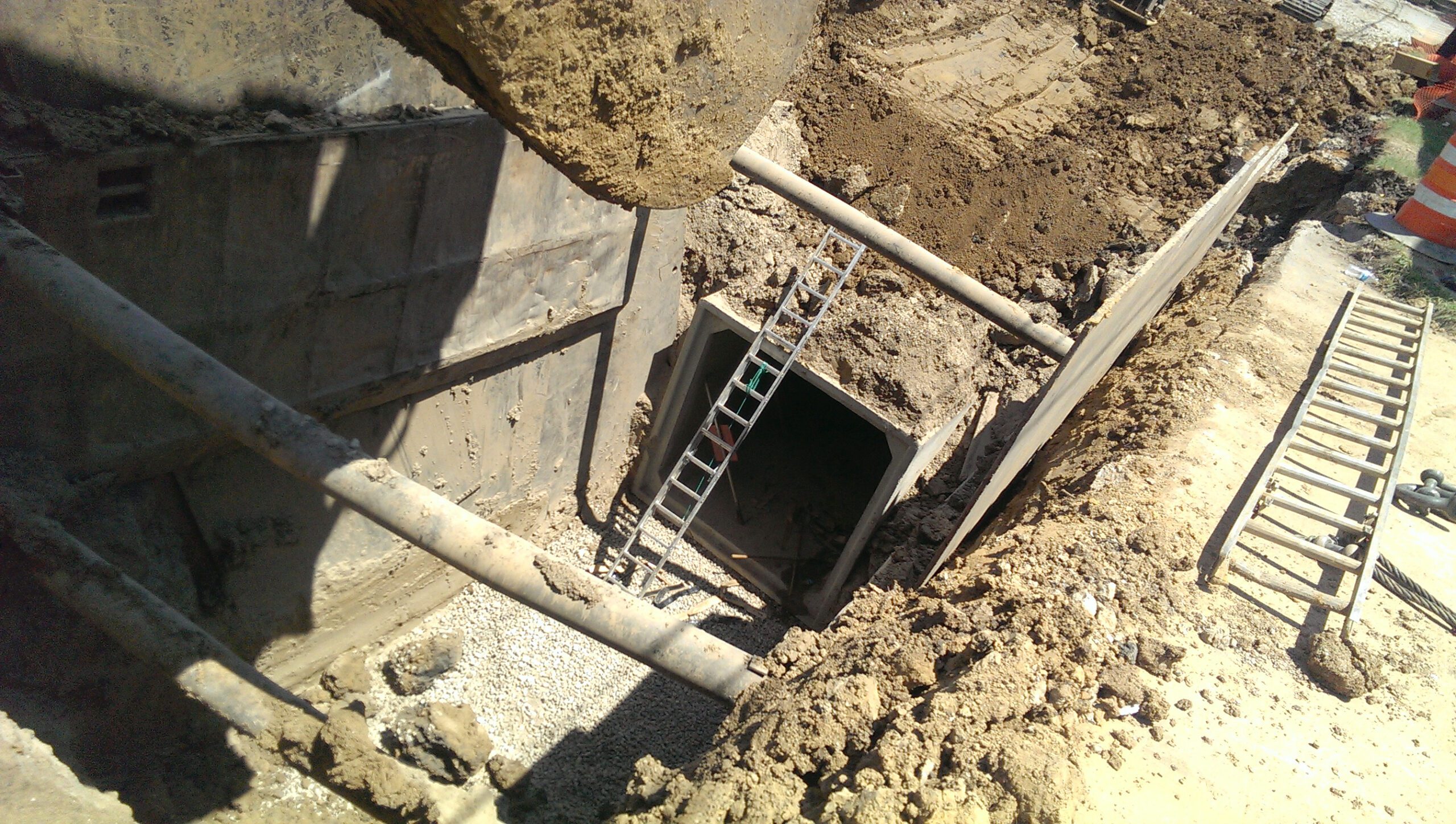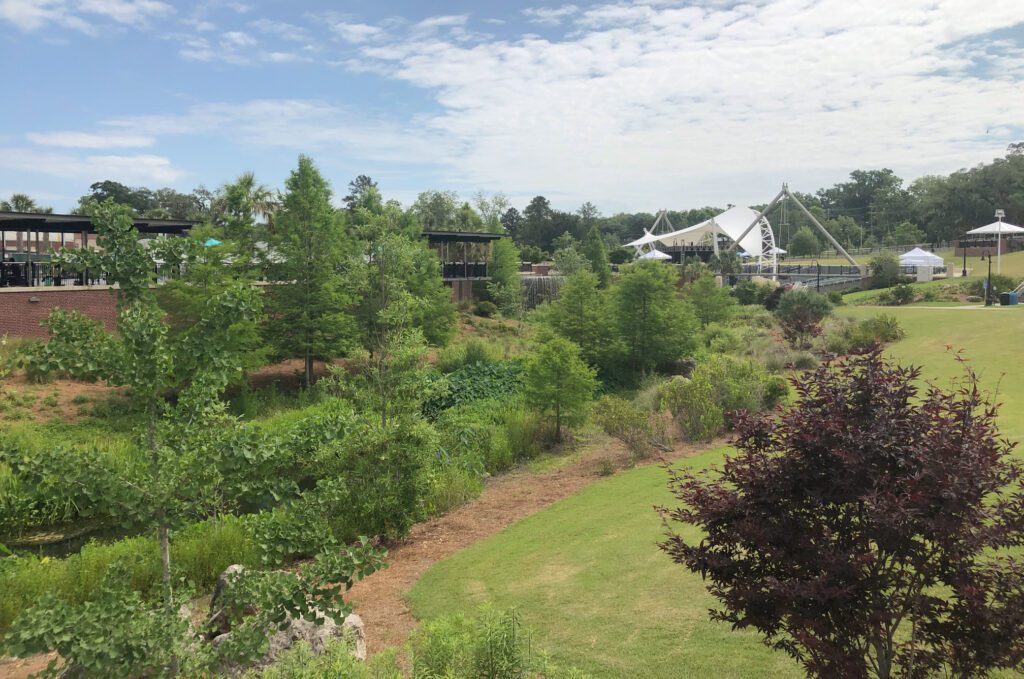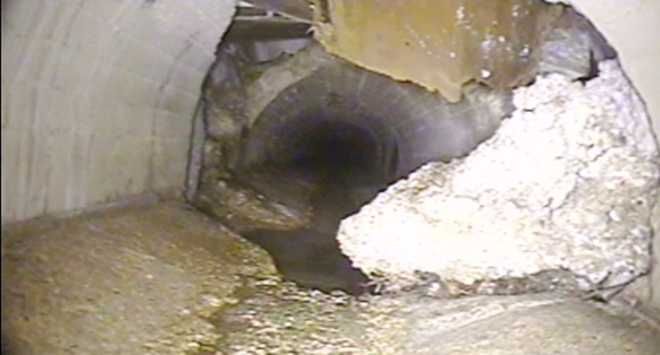Texas Tax Reform Makes Stormwater Utility Fee a Critical Resource
The Texas Property Tax Reform and Transparency Act—or Senate Bill 2—is now a reality, which means local governments must acquire voter approval to increase a local entity’s property taxes more than 3.5 percent from the previous year. The previous cap was 8 percent.
The tax reform bill was signed by Gov. Greg Abbott and will go into effect Jan. 1.
That potential void leaves municipalities searching for other mechanisms to generate revenue to help meet the funding gap. One such generator is the stormwater utility fee, a monthly user fee designed to fund the implementation of best management practices, improvements to stormwater infrastructure, enhancements to water quality and mitigation for future flooding events and their impacts.
Implementing a transparent, self-sustaining stormwater utility fee is critical today as leveraging project money from a general revenue fund becomes more difficult.
In addition, storm events have increased in intensity and frequency in recent years. North Texas has received an average yearly rainfall of more than 47 inches since 2015—17 inches more than the yearly average during the previous decade.
Managing stormwater runoff is critical for the health of natural waterways, which provide drinking water and recreational activities such as swimming, fishing and boating. It is also critical to the sustainability of our communities, which are often plagued by hotspot areas of repeated flooding that can have devastating effects on individual property owners and businesses.
Above: A box culvert is installed in a trench as part of a construction project to convey stormwater. Below: Protecting natural creeks and waterways is important when considering stormwater improvement projects.
Developing a Self-Sustaining Program Is Important
Why should a stormwater utility fee be self-sustaining?
Dallas/Fort Worth area municipalities are growing quickly. And they have growing infrastructure needs for items such as streets, buildings, bridges, water/wastewater pipes, treatment plants, parks and libraries, to name a few.
A stormwater utility fee provides a dedicated revenue stream to address stormwater infrastructure projects and activities that mitigate stormwater impacts. For example, projects may include drainage relief systems, channel improvements, detention facilities and green infrastructure elements such as pervious pavements, wetlands, bioswales and rainwater harvesting.
A stormwater utility fee is an impartial, reliable method for stormwater management independent of property taxes. Therefore, drainage improvements aren’t competing with other governmental needs in the budgeting process for the limited funding resources available to cities.
Stormwater utility fees are most often based on the amount of impervious surface area on a lot (such as a roof or parking lot), so the fee is representative of the impact the property has on the stormwater system.
Above: An inspection finds a defective stormwater pipe in need of repair. Below: Public meetings are one method of informing residents and stakeholders how stormwater utility fee dollars will be used to make improvements.
Transparency Benefits Community, Local Government
It’s equally important that stormwater utility fees are transparent.
Very simply, transparency allows city residents and businesses alike to know how the funds are being used to improve their communities. The same applies for local government officials, who are trying to implement a project or understand what’s covered under the current collection fees.
Transparency also comes into play for municipalities that may need to update their stormwater utility fee structure or those who have established a fee but don’t have a systematic, community-vetted plan in place to make use of those funds for studies and stormwater management projects.
How does your stormwater utility fee measure up? Is it outdated? Is it self-sustaining? Is it accomplishing your municipality’s goals of managing stormwater and reducing polluted runoff?
Whether establishing a stormwater utility fee, developing a stormwater drainage master plan or developing a rate study to ensure your stormwater utility fee is self-sustaining over time, Halff’s Water Resources personnel can help.
Write to Info-Water@Halff.com for more information.






